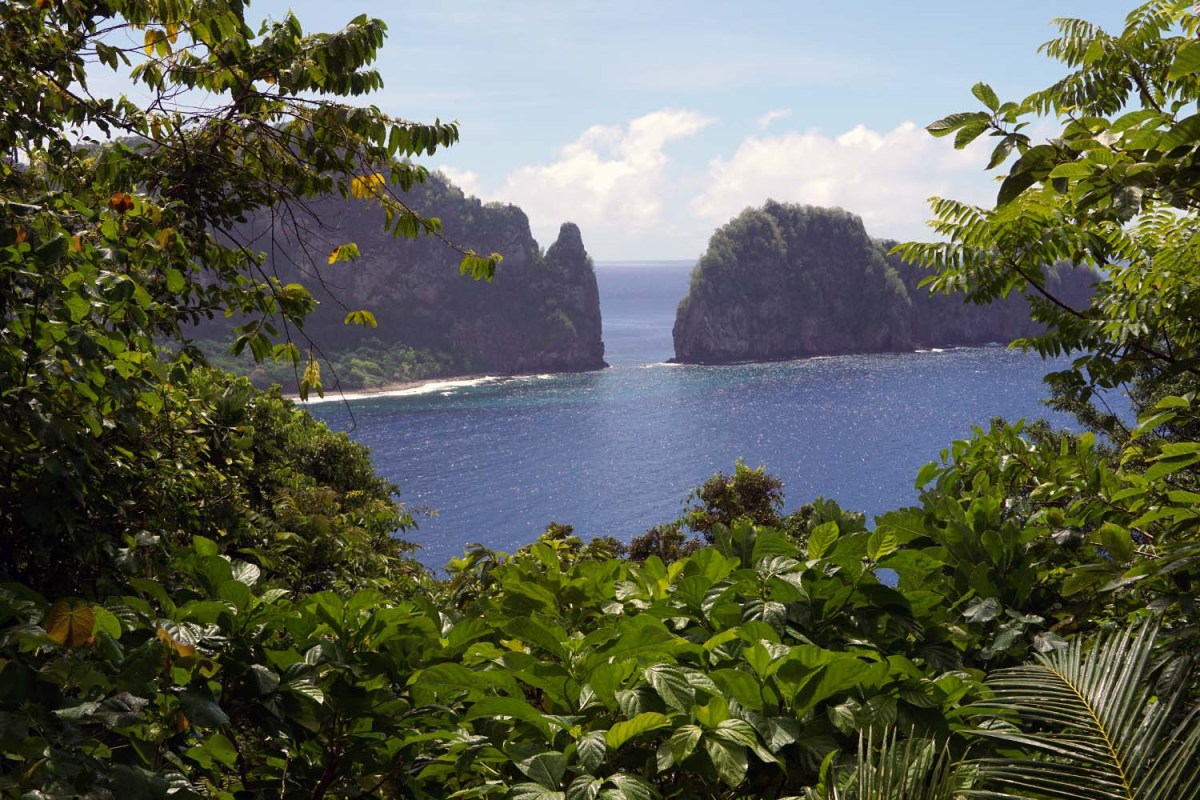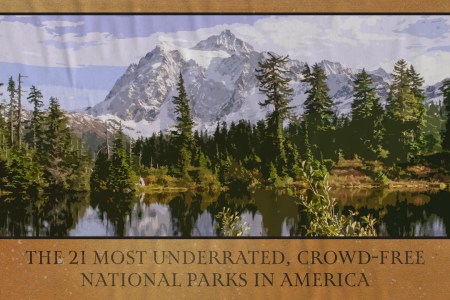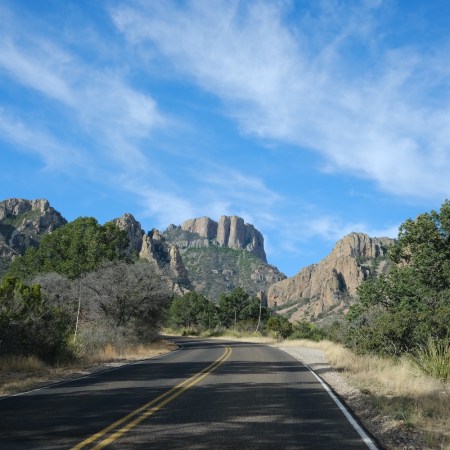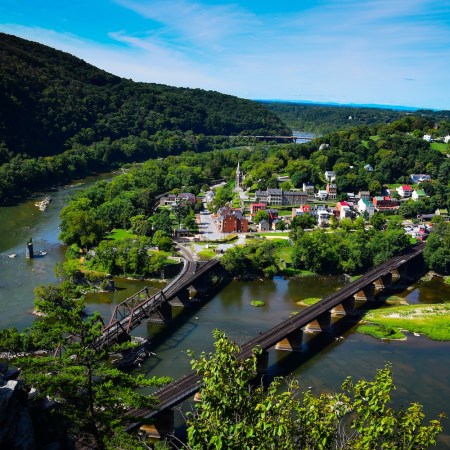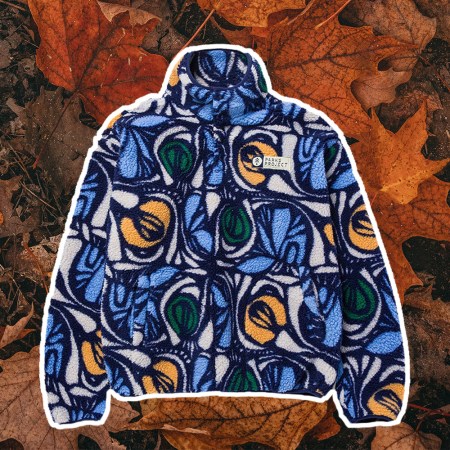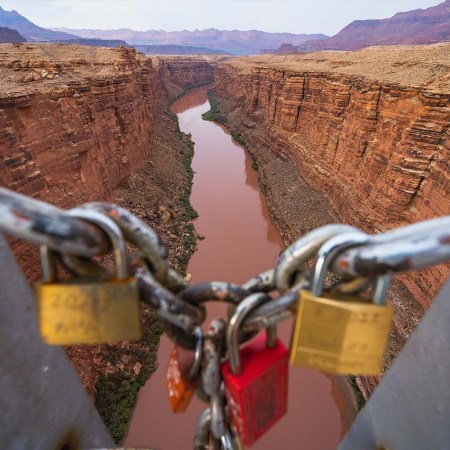A leopard-print shirt signed by “The Scorpion King” Dwayne Johnson and a Pittsburgh Steelers #43 Troy Polamalu jersey greet me as I enter the kitchen of my American Samoa guesthouse. To my right, rows of San Francisco 49ers goblets and cups, and a poster commemorating the team’s Super Bowl wins.
“Checks out,” I think to myself. Driving to the house, I’d seen more than a few NFL team flags and stickers waving from late model Ford trucks cruising along American Samoa Route 001. I’d also seen tons of military call-outs on vehicles and T-shirts. Per capita, American Samoa sends more soldiers to the military than any other state or territory.
American Samoa, not to be confused with the separate country of Samoa, just a 25-minute flight away, is officially an unincorporated territory of the United States, and Samoans are considered U.S. nationals, short of full citizens. But unlike residents in other U.S. territories, most Samoans are content with the status quo. There is not much talk about statehood or, on the other hand, severing ties with the U.S.
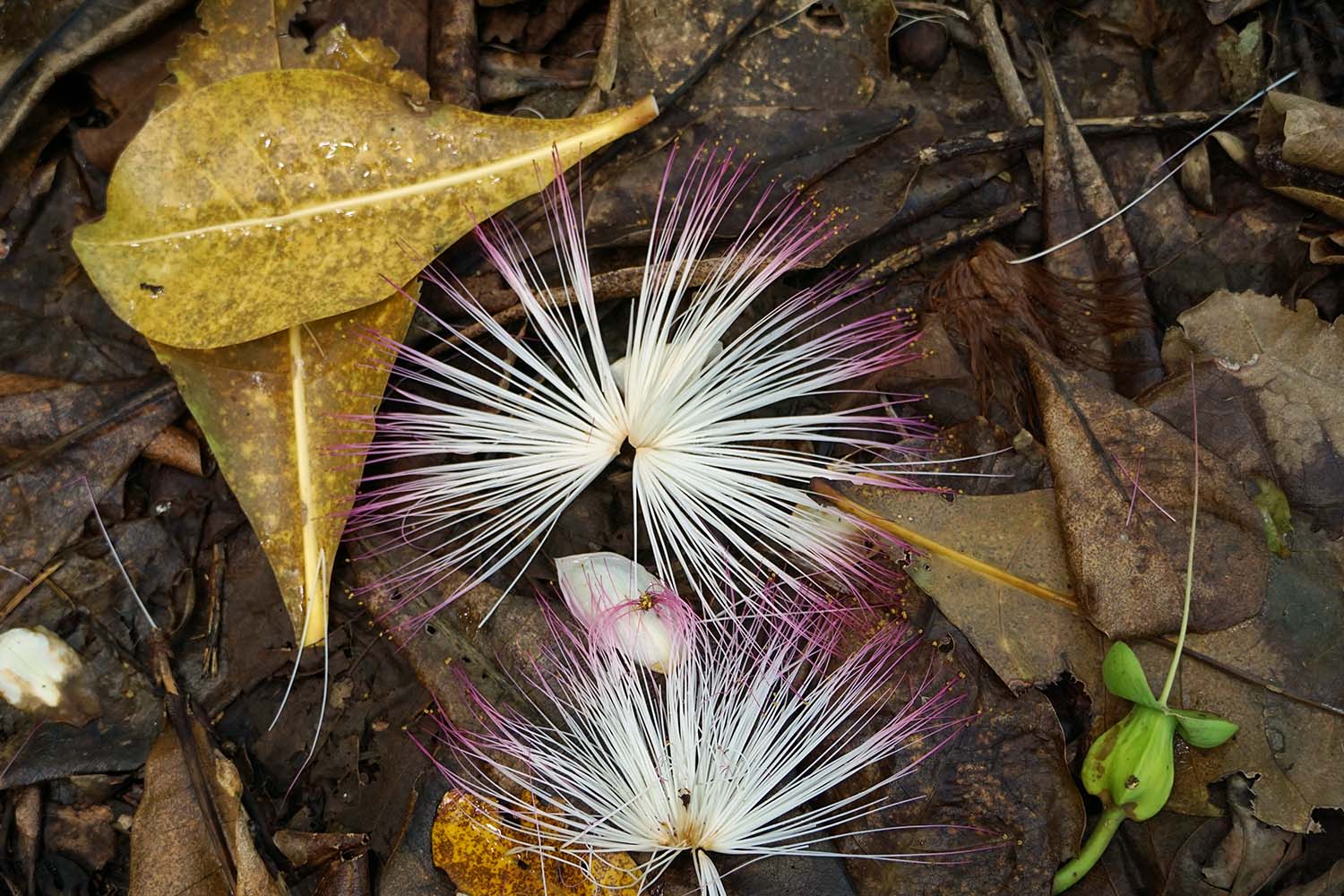
The result is an intriguing mix of modern American culture (football and The Rock, for example) mixed in with a 3,000-year-old Polynesian culture that features a network of village chiefs and traditions such as “Sa,” the evening prayer and family time.
I find out about Sa my first night in the territory, walking around my village admiring a sunset through the palm trees. I hear bells ring and then several men in white shirts and lava-lavas (long cloths secured around the waist, like kilts) appear in the streets — one of them beckons to me. “Please stop and sit down on that rock over there.”
A bit intimidated, I sit, but he is friendly to me. He is village matai, or chief, and he and his assistants are watching over the nightly Sa — a temporary curfew where Samoan families are expected to gather in their homes and pray together. After about 15 minutes, Sa ends, and he invites me to join his family’s Sa the following evening.
You’ve got to want to get to American Samoa. It’s a tiny place. Tutuila Island, where 95% of American Samoa’s 56,000 inhabitants live, is barely 50 square miles. Most visitors arrive in the capital, Pago Pago, via twice-weekly six-hour flights from Honolulu. Besides that and occasional cruise ship stops, the only other option is the 10-passenger prop plane flight from nearby Apia, Samoa.
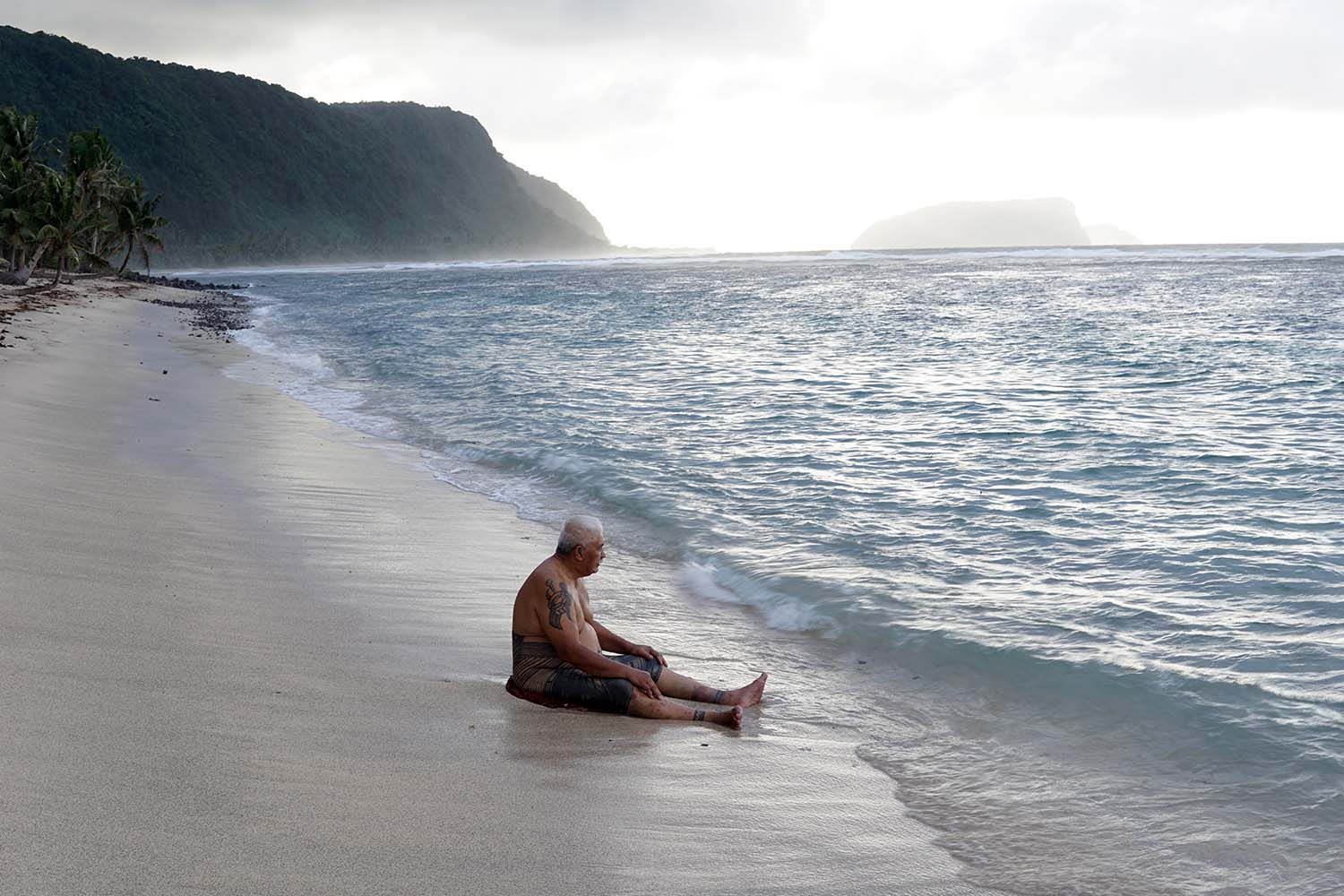
But, man, once you are here, relax and enjoy yourself in the Samoan tropical island culture and hospitality. (You might as well relax, because the island speed limit is 25 mph.)
Like me, many relaxed visitors come to visit the national park.
“Since the pandemic, we’ve been seeing more and more people come through here for their 63rd and final U.S. national park visit. Last year, we had a 93-year-old grandmother and her grandson check us off their list.” I’m chatting with Pua Tuaua, a Samoan village chief and also the liaison between the National Park Service and local villages. He wears the standard NPS park ranger shirt but pairs it with a groovy, dark green lava-lava featuring insignias of the American Samoa quarter coin and National Park Service that I can’t help but envy.
The 21 Most Underrated, Crowd-Free National Parks in America
From North America’s largest coral reef to a voyage north of the Arctic CircleOn my way to meet Pua, I accidentally drive past the visitor center twice. It’s located in a small building along Route 001, next to a display of women’s dresses in the next-door Manu’a clothing boutique and the Samoa Legal Aid Society on the other side.
The modest visitors center location is hardly the most unusual thing about the National Park of American Samoa. Unique among national parks, the U.S. government does not own the park land, Pua explains. It is under a 50-year lease, signed in 1993, from Samoan villages located on the land. “Whenever the Park Service wants to do a project, improve trails for example, we need village approval. I coordinate with the local chiefs and made sure we’re all in agreement.”
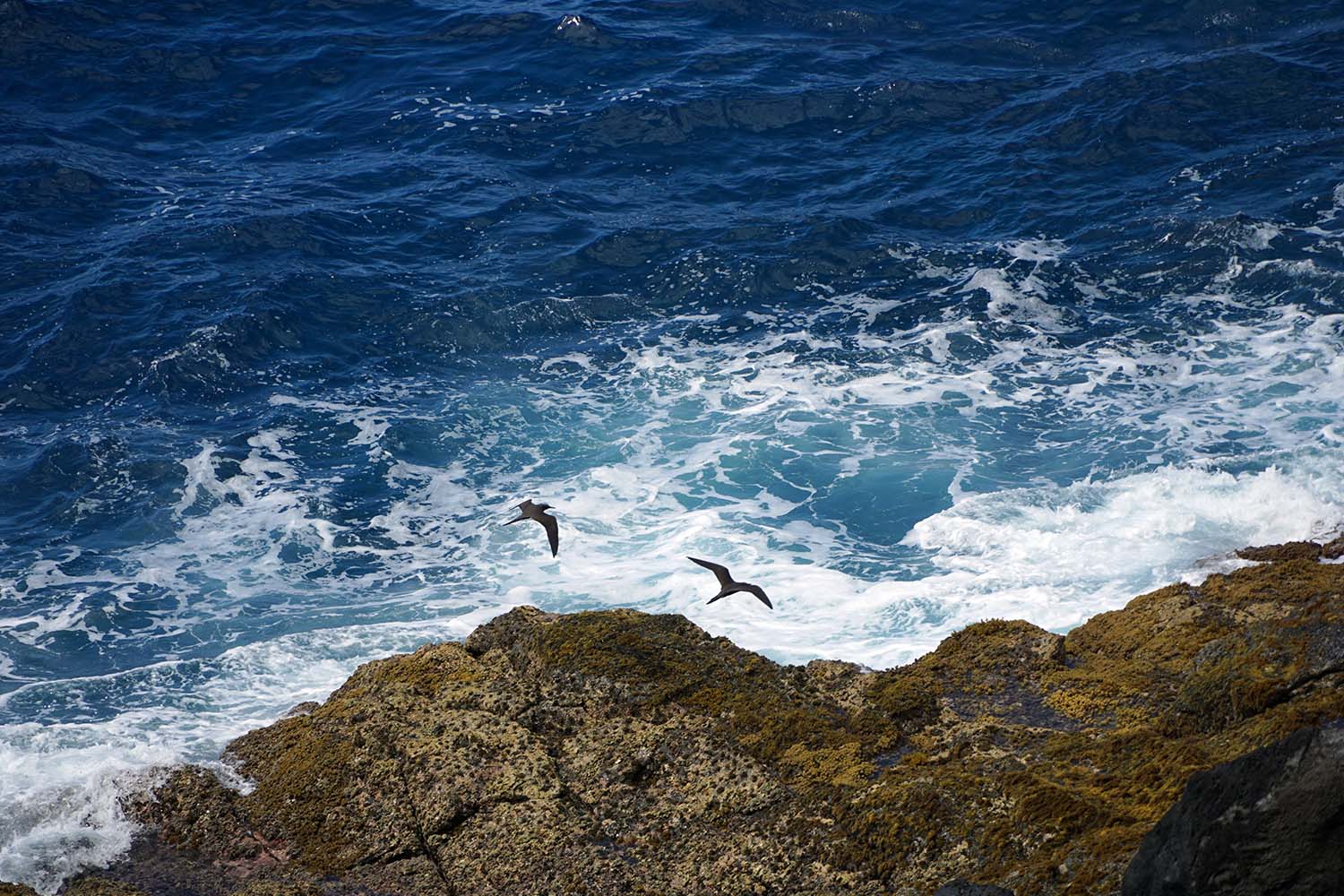
Also unique in American Samoa are the hikes, Tuafanua Trail chief among them. You’ve perhaps hiked in national parks before, but have you ever had the trail completely to yourself? Or scrambled over a tropical mountain ridge using embedded ladders and ropes, then descended down to face the never-ending Pacific? If you’re longing to stand on a rocky beach and have a “This is what it must be like to be the only person left on Earth” moment, the Tuafanua Trail is for you. Besides three local dogs who followed me up the trail until the switchbacks got too steep for them, I was alone the entire hike.
If you want to get even more remote, the national park also encompasses two outlying islands, including Ofu. Reachable by a 10-hour boat ride or twice-weekly flight — subject to weather and other factors, naturally — the Tumu Mountain Trail culminates in a spectacular summit view over the lagoons and island. If the view looks familiar, that’s because it is often the stock photo stand-in for “remote tropical South Pacific paradise.”
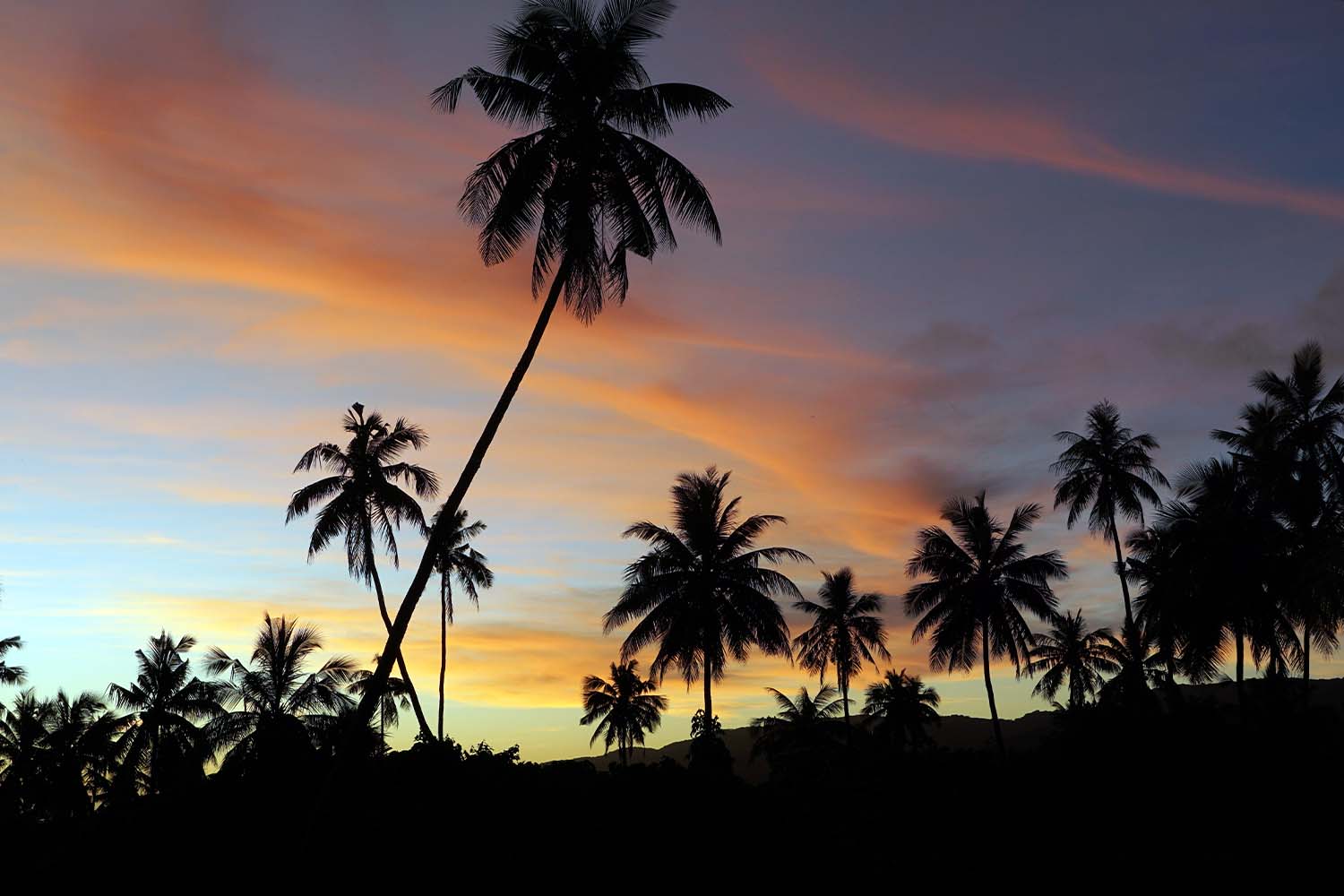
Sticking to the main island of Tutuila, the next day I tackle the more challenging 7.7-mile Mount Alava Trail, which leads to a summit overlooking Pago Pago’s picturesque deep-water harbor. I quickly find that the biggest challenge is not the distance or slope, but the mud bogs. Trails here tend to be muddy if it has rained recently, and since American Samoa is a tropical island, it has almost certainly rained recently. You’re gonna want boots, preferably of the waterproof variety. The payoff for dodging mud puddles are views overlooking dark green mountains around the island rolling down towards the sun-striped, gleaming blue ocean.
Later, I attempt to snorkel at the Fagatele Bay unit of the National Marine Sanctuary. After two wrong turns, I find the right gravel road and bump along to a closed gate. The inevitable dogs come to greet me and I follow instructions to walk up to the private home where I pay $10 to access the half-mile trail over private land to the bay.
Though it is late morning, I am pretty sure I wake up the house owner. He takes my money, then slurs out, “Just a second, I’ll open the gate and you can drive the rest of the way.” I look at the rutted, rock-strewn trail beyond the gate. I would hesitate to drive it with a truck, much less my small Toyota rental car. I thank him and proceed on foot down the slope to the bay. Here, I enjoy more gorgeous “just me on the beach” Pacific Ocean views, but ultimately end up skipping the snorkeling due to the rough waves. Next time.
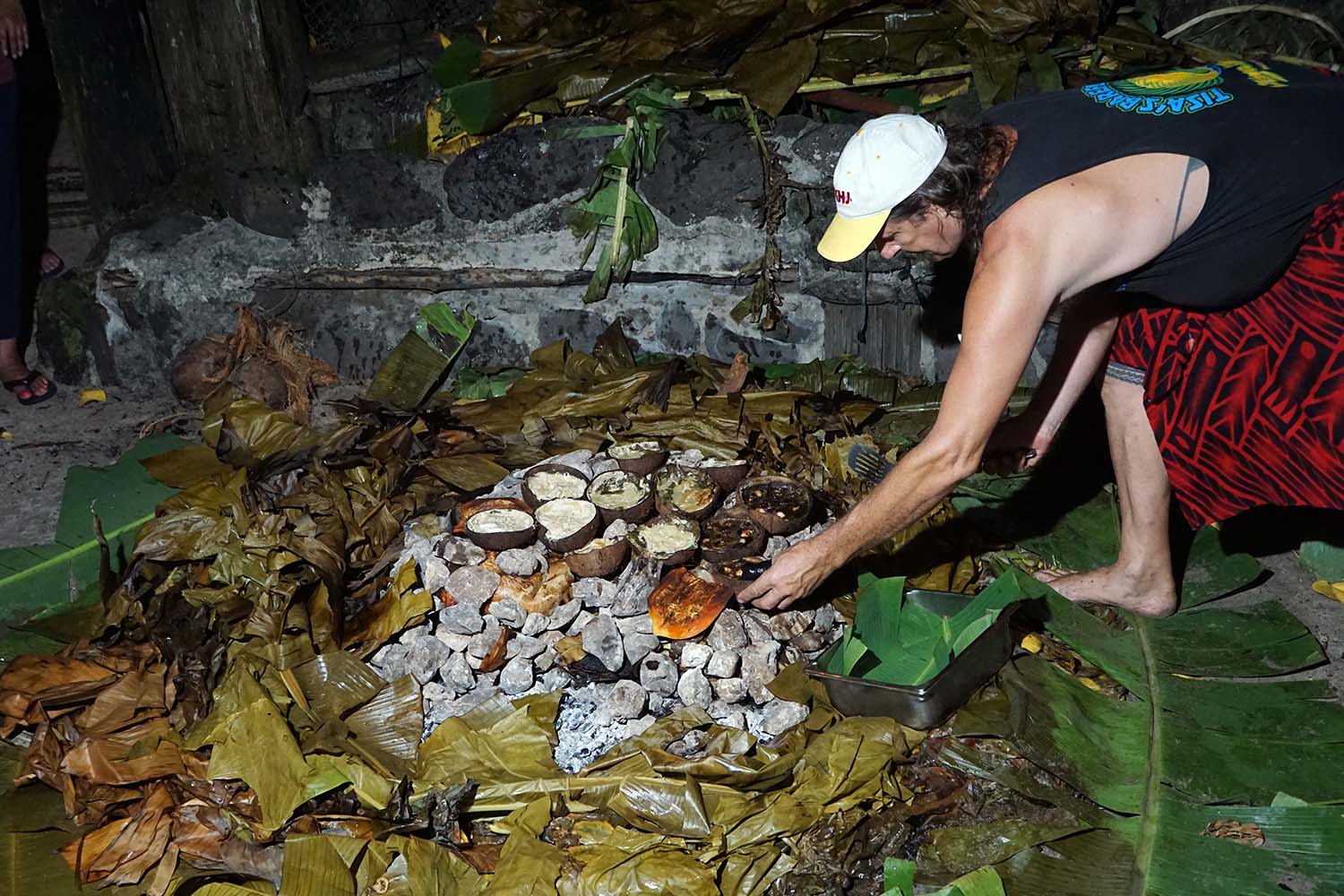
On another evening, I join Tisa and Candyman (“Everyone knows who we are, why do you need our last name?”) for their weekly umu feast, a traditional Samoan meal cooked in an above-ground oven of hot volcanic rocks sealed with banana leaf layers on top. Tisa’s Barefoot Bar & Lodge is down the road from the subdued hustle and bustle of downtown Pago Pago. Set on the edge of Alega Marine Reserve, crashing waves below us, the bar has a strong vibe, but I find it tricky to pin down. Bohemian meets Samoan? Meets military pride? Scattered among the island mementos are flags and patches from military admirers around the world. And of course some NFL flags.
Nearly two dozen of us gather to devour pork ribs, lamb, breadfruit, taro and fish in coconut sauce. Our chef, Candyman, is a native New Zealander, but after 26 years here might as well be Samoan, and he has the mid-body pe’a tatau (the origin of the English “tattoo”) to prove his Samoan cred. We chat for a while after the meal. “In all my years of cooking umu, I only messed up twice — once, when I had bad meat.” And the second? “Amateur mistake. I didn’t seal up the banana leaves enough and too much steam escaped,” he confides.
My last afternoon, I take a final scenic drive on AS001. It’s the kind of road where I keep telling myself, “Okay, just around this next bend and then I’ll turn around,” but then there’s always yet another beautiful beach with islands and shimmering waters in the distance and I keep driving. Finally, there are no more bends. I am at the end of the road. I get out and listen to the waves and feel the sun a little longer.
Back in my car, on my way to the airport, four high school kids with their football equipment are trying to hitch a ride as they playfully shove each other around. I start to swerve around them, then think, “Why not?” and slow down. They come sprinting over.
Protective of my camera and other gear in the front seat, I call out, “I can only take two of you in the back.” Three of them nevertheless stuff themselves in, then I hear my hatch open and the fourth asks if he can sit back there. Somehow I am now carrying four Samoan-sized high school kids and their shoulder pads in the back of the tiny Toyota. They laugh and shout at their friends walking along the road, delighted with their good fortune. I laugh along with them, as we roll along at 25 mph, the sun slowly setting on another day in American Samoa.
This article was featured in the InsideHook newsletter. Sign up now.
